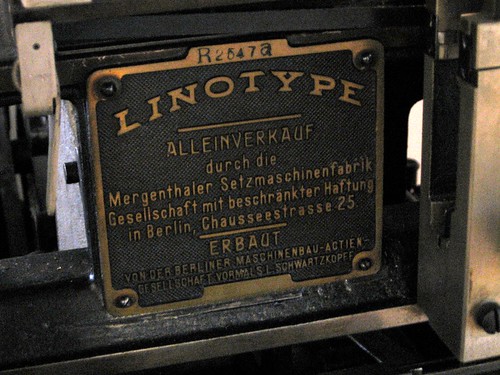 Our session on citizen journalism left me with more questions than answers. But most of these questions hadn't occurred to me before the lecture, and surely as journalists its part of our job description to explore unfamiliar areas.
Our session on citizen journalism left me with more questions than answers. But most of these questions hadn't occurred to me before the lecture, and surely as journalists its part of our job description to explore unfamiliar areas.My explorations in citizen journalism haven't led me to any solid conclusions regarding its democratic potential, or how to overcome problems with representation.
If anything, more questions have been added to the pile.
Is this a bad thing? A lot of the issues raised focus on the future of citizen journalism and user generated content, and their place in the media landscape. We can't predict the future, and as journalists, we shouldn't try, so failing to draw concrete opinions from an ongoing debate should only be seen as healthy.
Could late nineteenth century contemporaries have predicted the rise of the mass media with the invention of the lino type machine? The new method of printing allowed newspapers to be produced quickly, cheaply, and in great volume, meaning that they became relatively affordable for the masses for the first time.
People all over the country could read the same news, at the same time, which can be seen as a democratisation of information. But it was only possible because the industrial revolution provided
Is the internet the lino type of the digital age, and web 2.0 its industrial revolution?
Maybe, but the revolution will have to reach everybody before a true dialogue can be opened. It certainly hasn’t yet.
The statistics discussed in the lecture suggest the conversation between broadcasters and consumers is nowhere near democratic, with the majority of contributors belonging to a narrow socio-economic group. This doesn't detract from the democratic potential of citizen journalism.
George Reedy was talking about an over powerful presidency when he said "A thesis which could not survive an undergraduate seminar in a liberal arts college becomes accepted doctrine, and the only question is not whether it should be done but how it should be done”.
The sentiment he expressed is transferrable to this situation - an open discussion can help paint a truer picture of a situation.
Rupert Murdoch is not a man who's views I thought I would be championing when I started this course, but he made some good points in his speech to the American Society of Newspaper Editors in 2005.
Whilst most of the speech is a promotion of all things NewsCorp, his description of the "highly centralized world where news and information were tightly controlled by a few editors, who deemed to tell us what we could and should know" serves as an advert for a more open discussion and the inclusion of user generated content by news providers.
The handful of powerful editors can be seen as Reedy's over mighty president, who doesn't discuss what his citizens want or need, and comes up with ideas that would be quickly rejected if put up for open discussion.
I'm not sure that the rise of the 'prosumer' will comply with Davide Casaleggio's futurist vision.
But that’s the point. We aren't sure if embracing citizen journalism will lead to a more democratic mass media, but we can invest in its potential. It seems foolish not to.
Image courtesy of Marcin Wichary@Flickr - http://www.flickr.com/photos/mwichary/2252094942/




1 comment:
And your last point is a key one to the power of Web 2.0 - the potential of what it can do.
It is hard for people without the infrastructure to be able to engage here, but the potential is still there.
Every few years someone starts saying democracy when a new platform emerges, so this is nothing new.
But the potential is there and we have to look at how we can engage with it.
Don't forget to make your hyperlinks live
Post a Comment